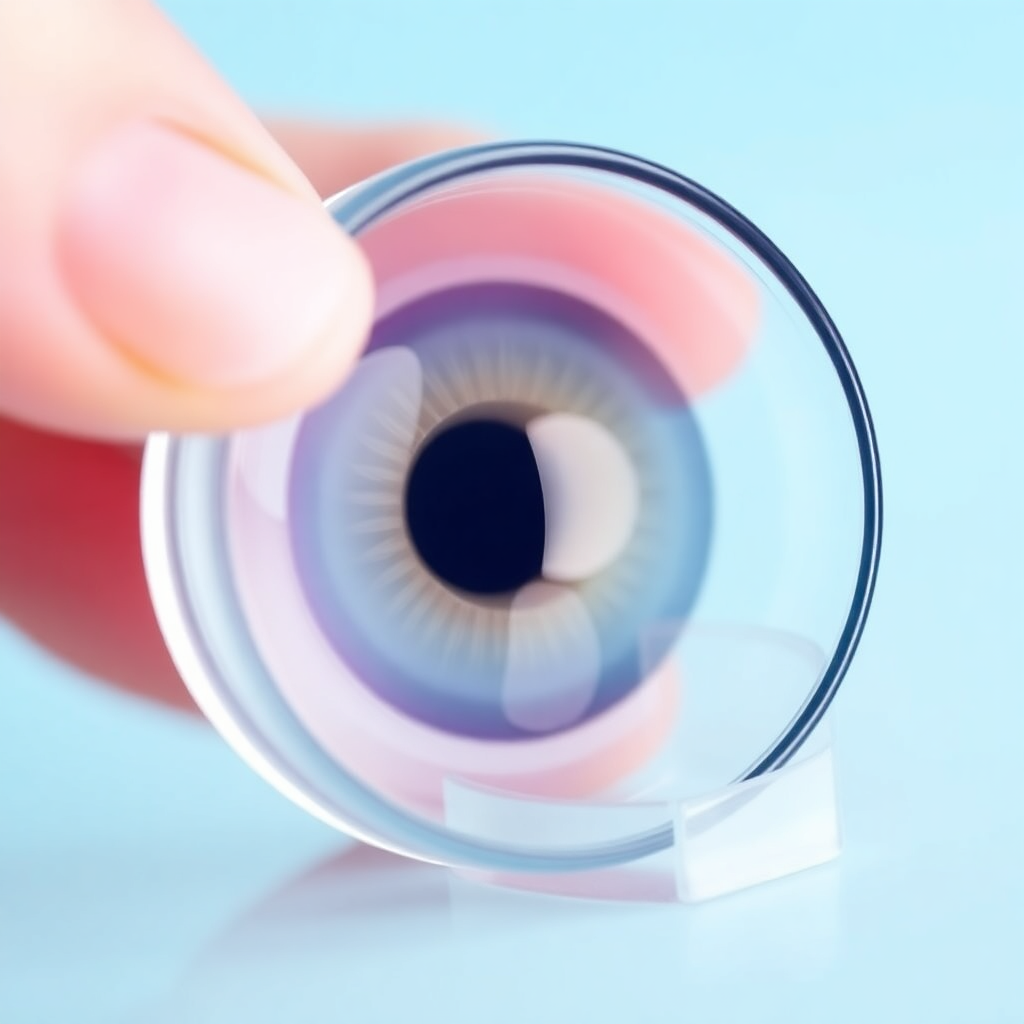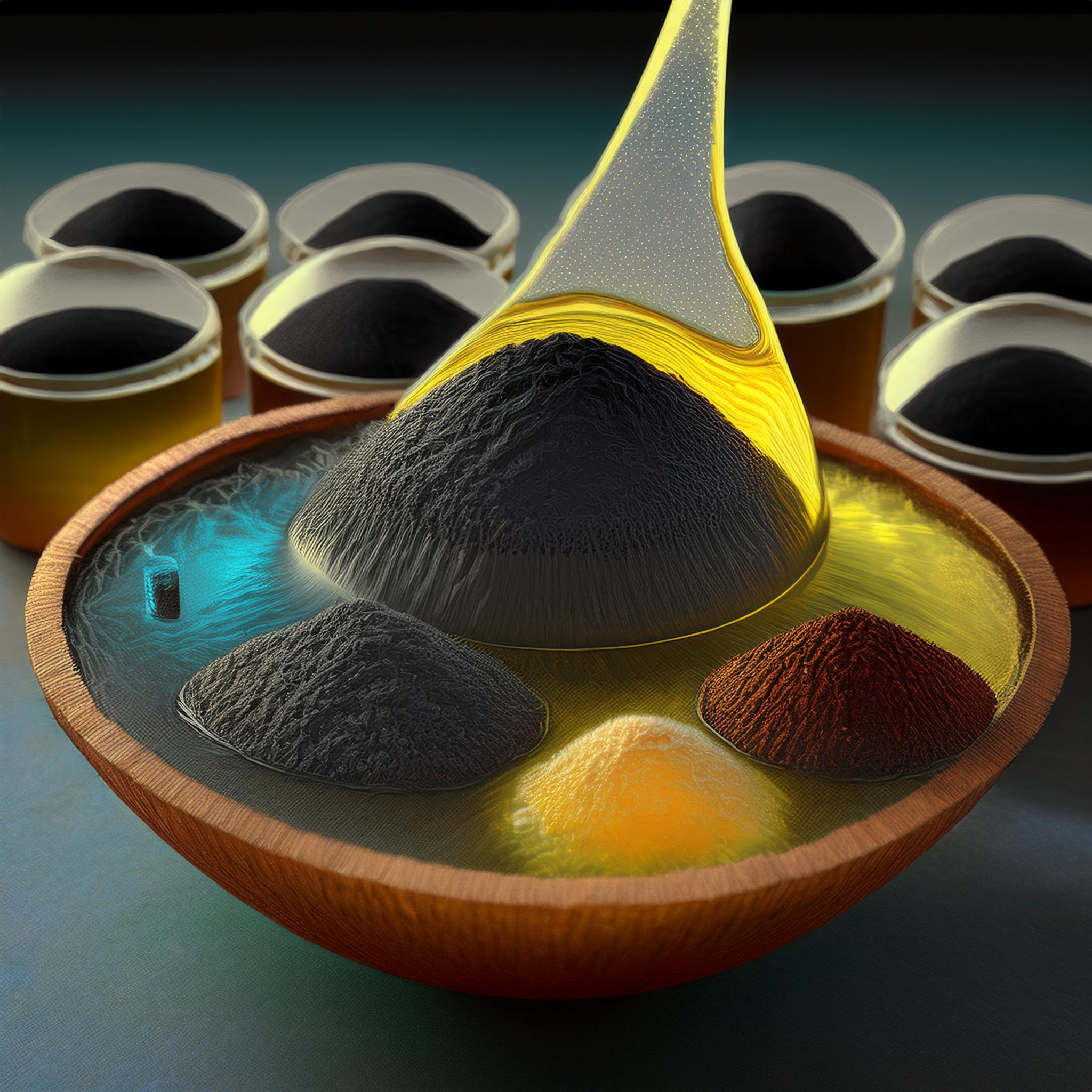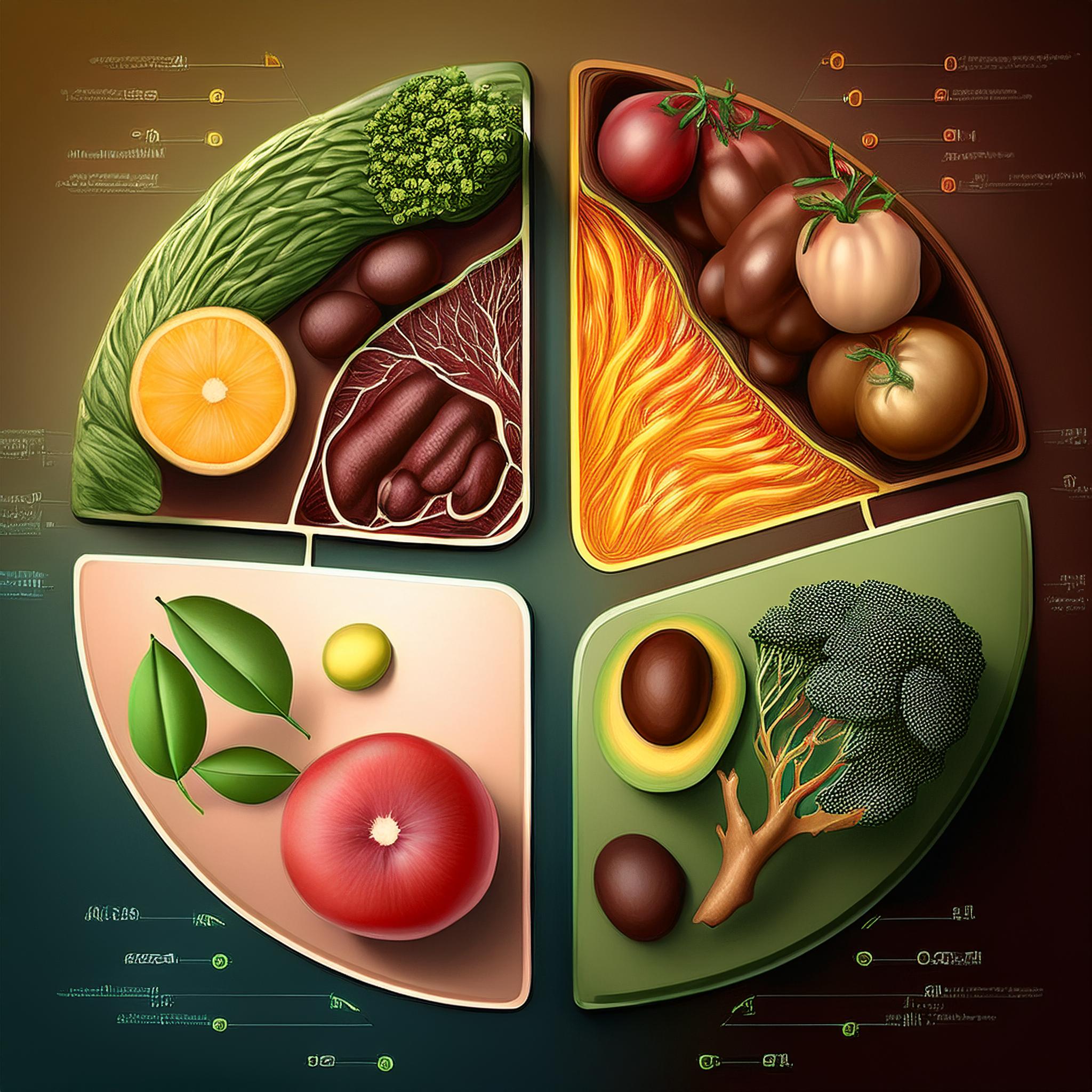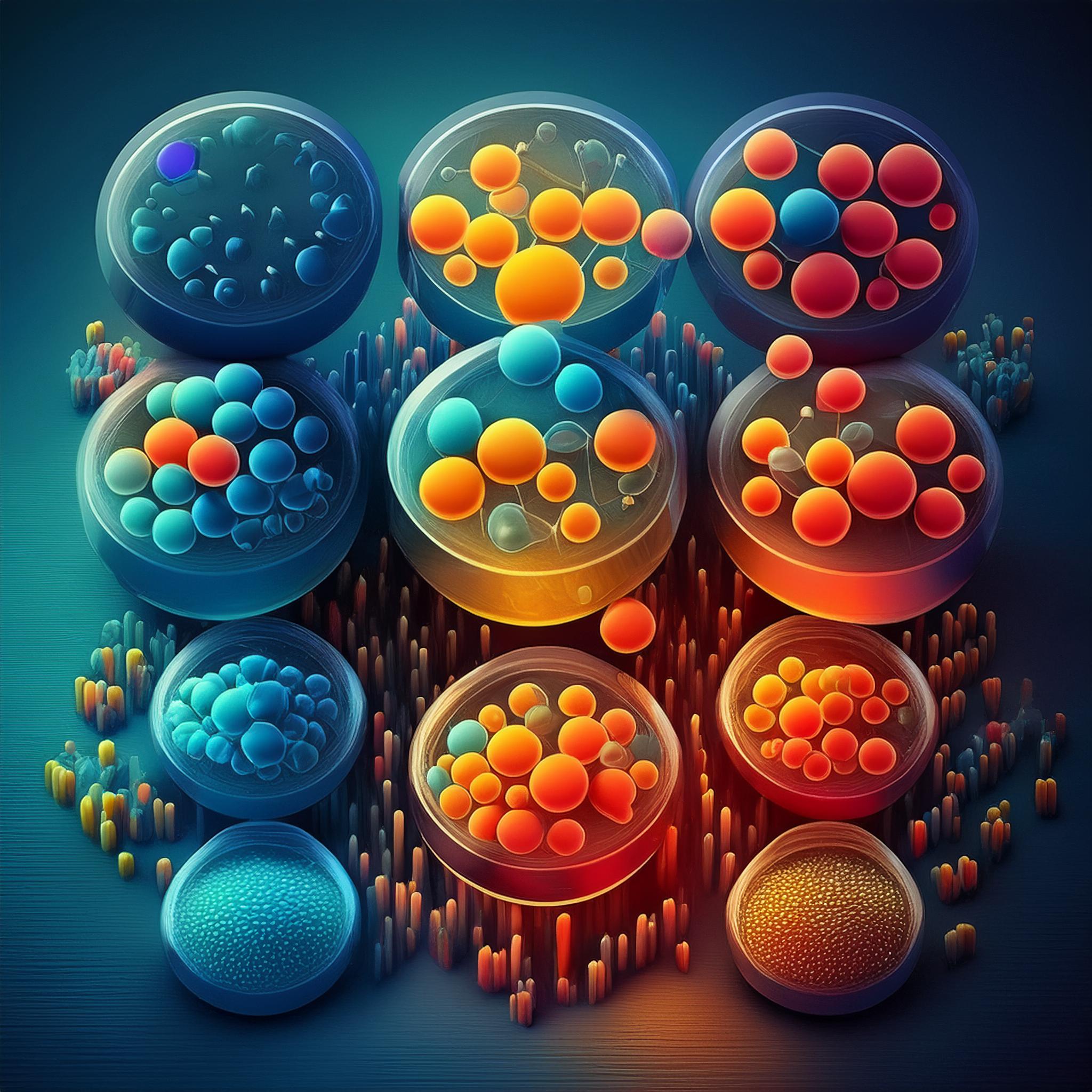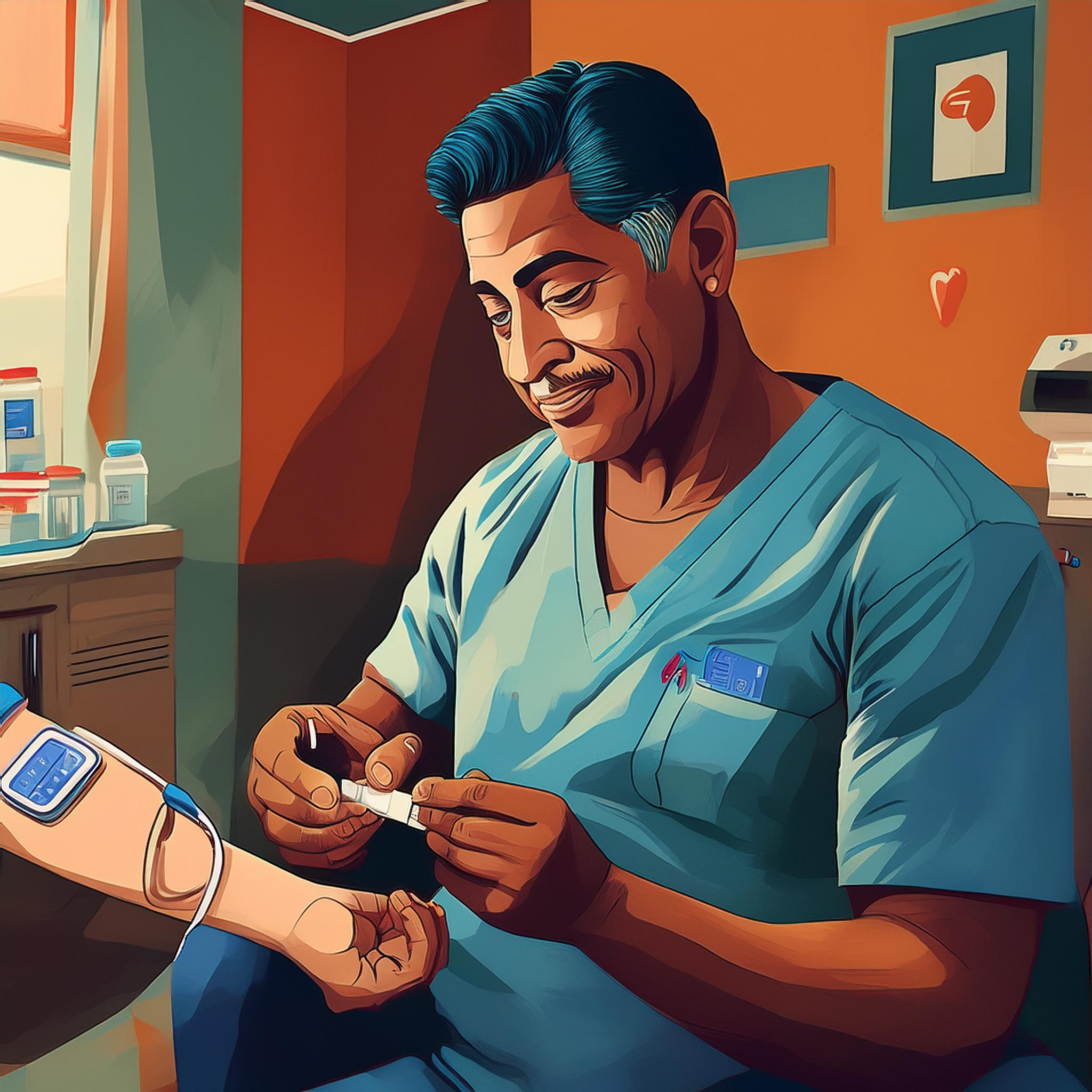Celery (Apium graviolens L.) Herba Extract Capsule Formulation as Anti-Ulcer
Downloads
The use of medicinal plants for medicine has been prevalent since ancient times and various plants are used for public health. One of the plants that is often used in herbal medicine is celery, either directly in the form of vegetables or as an extract from the Apium graveolens L plant. Celery extract has previously been given to white mice, and can significantly protect the gastric mucosa and suppress gastric acid secretion. Traditional medicine derived from plant extracts is generally more desirable in tablet or capsule dosage forms. The objective of this study is to determine the best filler in the celery herb extract capsule formulation. This study used a pure experimental method using celery herb extracts which were formulated in capsule dosage forms. The powder fillers used in this formulation are Avicel 101, Avicel 102, and Amylum maydis. The extract capsules were then evaluated for uniformity of weight and disintegration time. Based on the evaluation results, the capsules formulated with Avicel 102 filler gave the best results with an average weight uniformity of 380.98 ± 4.41 mg and disintegration time of 2.64 ± 0.31 minutes. It is advisable to continue the evaluation of the dissolution test for the capsule preparation which gives the best result.
Agoes, G. (2007). Seri Farmasi Industri: Teknologi Bahan Alam. Bandung: Penerbit Institut Teknologi Bandung.
Aini, L. N. & Hakim, A. R. (2017). Uji Toksisitas Akut Sediaan KombinasiI Ekstrak Daun Kumis Kucing (Orthosiphon stamineus Benth.), Herba Seledri (Apium graveolens L.), dan Buah Mengkudu (Morinda citrifolia L.) Pada Tikus Betina Galur Wistar. Skripsi. Yogyakarta: Universitas Gadjah Mada.
AlHowiriny, T., Alsheikh, A., Al-Yahya, M., ElTahir, K., & Rafatullah, S. (2015). Gastric Antiulcer, Antisecretory and Cytoprotective Properties of Celery (Apium graveolens) in Rats. Planta Medica, 81(05), PB33. DOI: 10.1055/s-0035-1545238
Al-Tabakha, M. M., Arida, A. I., Fahelelbom, K. M., Sadek, B., Saeed, D. A., Abu Jarad, R. A., & Jawadi, J. (2015). Influence of Capsule Shell Composition on the Performance Indicators of Hypromellose Capsule in Comparison to Hard Gelatin Capsules. Drug Development and Industrial Pharmacy, 41(10), 1726-1737. DOI: 10.3109/03639045.2014.1002409
Amidon, S., Brown, J. E., & Dave, V. S. (2015). Colon-targeted oral drug delivery systems: design trends and approaches. Aaps Pharmscitech, 16(4), 731-741. DOI: 10.1208/s12249-015-0350-9.
Augsburger, L. L. (2000). Modern Pharmaceutics: Hard and Soft Gelatin Capsules. Ed, 2, 34-42.
Baananou, S., Bagdonaite, E., Marongiu, B., Piras, A., Porcedda, S., Falconieri, D., & Boughattas, N. (2013). Extraction of the volatile oil from Carum carvi of Tunisia and Lithuania by supercritical carbon dioxide: chemical composition and antiulcerogenic activity. Natural product research, 27(22), 2132-2136. DOI: 10.1080/14786419.2013.771350
Zaheer-Ud-Din, B., Azmi, A. H. M., Lee, S. T., Keat, H. T., Soon, C. C., Soo, B. L., ... & Kaur, S. S. J. (2012). An Evaluation of Consumers' Perceptions Regarding “Modern Medicines” in Penang, Malaysia. Journal of Young Pharmacists, 4(2), 108-113. DOI: 10.4103/0975-1483.96625.
Barbosa, J. A., Al-Kauraishi, M. M., Smith, A. M., Conway, B. R., & Merchant, H. A. (2019). Achieving gastroresistance without coating: Formulation of capsule shells from enteric polymers. European Journal of Pharmaceutics and Biopharmaceutics, 144, 174-179. DOI: 10.1016/j.ejpb.2019.09.015.
BPOM, R. I. (2010). Acuan Sediaan Herbal. Volume Kelima Edisi Pertama. Jakarta: Direktorat Obat Asli Indonesia.
Branković, S., Gočmanac-Ignjatović, M., Kostić, M., Veljković, M., Miladinović, B., Milutinovic, M., & Radenković, M. (2015). Spasmolytic activity of the aqueous and ethanol celery leaves (Apium graveolens L.) extracts on the contraction of isolated rat ileum. Acta medica Medianae, 54(2), 11-16.
Charoo, N. A., Durivage, M., Rahman, Z., & Ayad, M. H. (2017). Sample size for tablet compression and capsule filling events during process validation. Journal of Pharmaceutical Sciences, 106(12), 3533-3538. DOI: 10.1016/j.xphs.2017.07.021.
Darji, M. A., Lalge, R. M., Marathe, S. P., Mulay, T. D., Fatima, T., Alshammari, A., ... & Murthy, S. N. (2018). Excipient stability in oral solid dosage forms: A review. Aaps Pharmscitech, 19(1), 12-26. DOI: 10.1208/s12249-017-0864-4.
Departemen Kesehatan, R. I. (2000). Buku Panduan Teknologi Ekstrak. Jakarta: Direktorat Jenderal Pengawasan Obat dan Makanan.
El, O. S., Certain, A., Bouziane, F., & Arnaud, P. (2012). Galenic forms for oral medication. Revue de l'infirmiere, (184), 41-43.
Gajdziok, J., Bernatoniene, J., Muselík, J., Masteiková, R., Dvořáčková, K., Petkeviciute, Z., ... & Bernatoniene, R. (2011). The evaluation of formulations for the preparation of new formula pellets. Pharmaceutical development and technology, 16(5), 520-528. DOI: 10.3109/10837450.2010.502174
Gullapalli, R. P., & Mazzitelli, C. L. (2017). Gelatin and non-gelatin capsule dosage forms. Journal of Pharmaceutical Sciences, 106(6), 1453-1465. DOI: 10.1016/j.xphs.2017.02.006.
Hadisoewignyo, L., & Fudholi, A. (2013). Sediaan Solida. Yogyakarta: Pustaka Pelajar.
Kemenkes, R. I. (2014). Farmakope Indonesia Edisi V. Jakarta: Direktorat Jendral Bina Kefarmasian dan Alat Kesehatan Republik Indonesia.
Kooti, W., Ghasemiboroon, M., Asadi-Samani, M., Ahangarpoor, A., Noori Ahmad Abadi, M., Afrisham, R., & Dashti, N. (2014). The effects of hydro-alcoholic extract of celery on lipid profile of rats fed a high fat diet. Advances in Environmental Biology, 8(9 SPEC), 325-330.
Lau, E. T., Steadman, K. J., Cichero, J. A., & Nissen, L. M. (2018). Dosage form modification and oral drug delivery in older people. Advanced drug delivery reviews, 135, 75-84. DOI: 10.1016/j.addr.2018.04.012.
Narang, A. S., & Boddu, S. H. (2015). Excipient applications in formulation design and drug delivery. In Excipient Applications in Formulation Design and Drug Delivery (pp. 1-10). Springer, Cham.
Nugroho, A. D. (2012). Pengaruh Penggunaan CMC-Na Sebagai Bahan Pengikat Terhadap Sifat Fisik Tablet Ekstrak Etanolik Seledri (Apium Graveolens L.) Dengan Metode Granulasi Basah. Skripsi. Universitas Muhammadiyah Surakarta.
Patel, M. M., & Amin, A. F. (2013). Development of a novel tablet-in-capsule formulation of mesalamine for inflammatory bowel disease. Pharmaceutical development and technology, 18(2), 390-400. DOI: 10.3109/10837450.2011.653819.
Powanda, M. C., Whitehouse, M. W., & Rainsford, K. D. (2015). Celery seed and related extracts with antiarthritic, antiulcer, and antimicrobial activities. In Novel Natural Products: Therapeutic Effects in Pain, Arthritis and Gastro-intestinal Diseases (pp. 133-153). Springer, Basel.
Putri, N. (2015). Pengaruh Pemberian Ekstrak Etanol Daun Seledri (Apium Graveolans) Terhadap Penurunan Indeks Ulkus Pada Tikus Putih (Rattus Norvegicus) Galur Wistar Model Ulkus Lambung. Sarjana Thesis. Malang: Universitas Brawijaya.
Qusaj, Y., Leng, A., Alshihabi, F., Krasniqi, B., & Vandamme, T. (2012). Development strategies for herbal products reducing the influence of natural variance in dry mass on tableting properties and tablet characteristics. Pharmaceutics, 4(4), 501-516. DOI: 10.3390/pharmaceutics4040501.
Rowe, R. C., Sheskey, P. J., & Owen, S. C. (Eds.). (2009). Handbook of pharmaceutical excipients (Vol. 6). London: Pharmaceutical press.
Stranzinger, S., Faulhammer, E., Calzolari, V., Biserni, S., Dreu, R., Šibanc, R., ... & Khinast, J. G. (2017). The effect of material attributes and process parameters on the powder bed uniformity during a low-dose dosator capsule filling process. International journal of pharmaceutics, 516(1-2), 9-20. DOI: 10.1016/j.ijpharm.2016.11.010.
Yu, L., Yan, J., & Sun, Z. (2017). D-limonene exhibits anti-inflammatory and antioxidant properties in an ulcerative colitis rat model via regulation of iNOS, COX-2, PGE2 and ERK signaling pathways. Molecular medicine reports, 15(4), 2339-2346. DOI: 10.3892/mmr.2017.6241.
Copyright (c) 2020 JURNAL INFO KESEHATAN

This work is licensed under a Creative Commons Attribution-NonCommercial-ShareAlike 4.0 International License.
Copyright notice
Ownership of copyright
The copyright in this website and the material on this website (including without limitation the text, computer code, artwork, photographs, images, music, audio material, video material and audio-visual material on this website) is owned by JURNAL INFO KESEHATAN and its licensors.
Copyright license
JURNAL INFO KESEHATAN grants to you a worldwide non-exclusive royalty-free revocable license to:
- view this website and the material on this website on a computer or mobile device via a web browser;
- copy and store this website and the material on this website in your web browser cache memory; and
- print pages from this website for your use.
- All articles published by JURNAL INFO KESEHATAN are licensed under the Creative Commons Attribution 4.0 International License. This permits anyone to copy, redistribute, remix, transmit and adapt the work provided the original work and source is appropriately cited.
JURNAL INFO KESEHATAN does not grant you any other rights in relation to this website or the material on this website. In other words, all other rights are reserved.
For the avoidance of doubt, you must not adapt, edit, change, transform, publish, republish, distribute, redistribute, broadcast, rebroadcast or show or play in public this website or the material on this website (in any form or media) without appropriately and conspicuously citing the original work and source or JURNAL INFO KESEHATAN prior written permission.
Permissions
You may request permission to use the copyright materials on this website by writing to jurnalinfokesehatan@gmail.com.
Enforcement of copyright
JURNAL INFO KESEHATAN takes the protection of its copyright very seriously.
If JURNAL INFO KESEHATAN discovers that you have used its copyright materials in contravention of the license above, JURNAL INFO KESEHATAN may bring legal proceedings against you seeking monetary damages and an injunction to stop you using those materials. You could also be ordered to pay legal costs.
If you become aware of any use of JURNAL INFO KESEHATAN copyright materials that contravenes or may contravene the license above, please report this by email to jurnalinfokesehatan@gmail.com
Infringing material
If you become aware of any material on the website that you believe infringes your or any other person's copyright, please report this by email to jurnalinfokesehatan@gmail.com.


